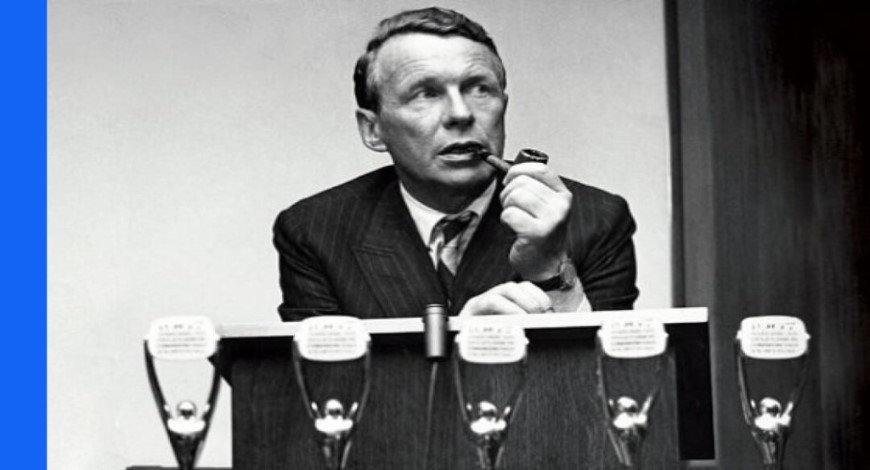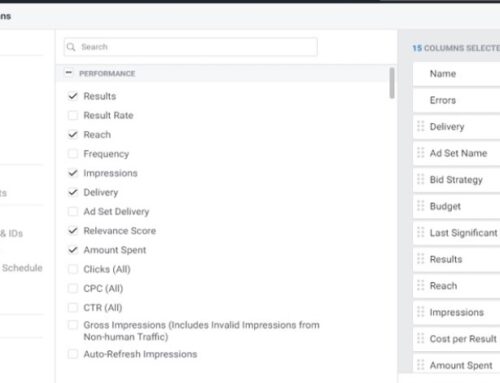Eliminate advertising waste
As advertising gets more competitive, businesses should implement measures to eliminate waste. One of the principles of advertising is elimination of wasted spend. Because advertising has become more of a science, cost and result are measured and apparent.
There can be no escape of inefficient ad and copy. Every wasted dollar adds to the cost of results. Frivolous spending in advertising always result in wastage where it otherwise can be put to good use.
The cost of action on a product might cost $2. Another version of an ad might bring it up to $10. Imagine this bringing 1000 sales over the year. That is a difference of $8000.
$8000 in wasted ad spend! Multiply this across many campaigns for an advertiser and it amounts to great loss to the business. This is why guesswork in advertising is expensive.
It pays to study your competition’s ads
If you find one that has tracked conversions running for a long time, it is probably being profitable. Or else they wouldn’t afford to keep it going. Not in the age of applied science in advertising. Chances are, they know what they are doing.
Every double on the cost of advertising, doubles on the cost of reply as well. Therefore, advertising should be conducted to prevent unnecessary wastage. When there is free space to give more information about your product, we should always utilize it completely.
The more difficult it is to take an action, the higher the cost of conversion will be
The reply or action should be made as clear and as simple as possible. Consumers are going on with their lives, your ad may have caught their interest, but if taking the action requires significant time commitment, there is a good chance it will not be done. The more difficult it is to take an action on your site, the fewer people will do it, and the higher the cost of conversion will be.
Whatever action you want the user to take, it pays (you) to make it as simple and effortless as possible.
No good advertiser will let his ads show without first utilizing every possible space that he is given to sell. It is like a salesman who is given 5 minutes to pitch to a user about his product but decided to talk for only a minute. Common sense tells that he is not going to sell a lot than the salesman who fully utilizes everything he is given.
Through cost and result, we can know how much we are paying to acquire an action and what is the optimal price to pay for this action. Through eliminating waste, we can drastically bring this price down to a healthy, profitable level for the business.
The Headline of the Copy
When you say “Hey there, Jack Ma.” to a crowd, you will get Jack Ma’s attention. Because you are specifically calling him out. That is equivalent to an ad headline.
The purpose of a headline is to pick out people you can interest. The purpose of a headline is not to gather as much attention as possible, but pick out people who you can interest.
If a salesman go on top of the mall and shouts down “BUY MY PRODUCT NOW.”, he is going to garner a lot of attention, a few might think that he is a loony. But nobody will take any action. He gathered a lot of irrelevant attention.
A headline is used to interest people who will be interested in your product. A headline should tell the user what he is expecting to get. A poor headline can turn away many who otherwise would be interested in your product.
Nobody reads your copy without first being interested in your headline!
You want to pick out people who are likely to be interested in what you have to sell.
People are busy with their own lives, they don’t read every ad on every page. What they usually do is skim past ads and stays on the one that interests them. And what determines if he gets interested or not? The headline.
Just as you would be when browsing in a library, you pick out the book with the title (headline) that interests you. That is the natural thing to do. You do not randomly pick out a book from the shelf, ignore the book cover, go on a random page and start reading it down. That’s not how the mind works!
A well-written headline addresses the people you seek, and them only.
Users will decide by the headline of your ad, whether it is worth reading. So it is of utmost importance that the first thing that gets tweaked in an ad test is the HEADLINE!
Psychology in Advertising
Next to the headline, is the offer. Every ad has a definite purpose in itself, and that is to sell the offer to as many interested users as possible. As a business, you will need to think about the offer you are attaching with your ad.
Does it induce the public to take action? Does it induce a buy, or an appointment in the future?
Human nature is perpetual, we all operate on certain principles of psychology. An offer given away freely will not entail much respect. An offer given on certain basis of exclusivity will perform much better. Because it is human nature to devalue free things and value the exclusive things. So two same offers given away differently will have different results base the method it is executed.
Providing a form of warranty, or guarantee is a much more enticing offer than just “come and buy from us”. How about “use it first and pay if you like it”. A business that offers after sales-service, money-back guarantee and product warranty is sure to induce more sales than the business who does not.
Whether it has advertising or not!
BECAUSE HE UNDERSTANDS THE BASIC PRINCIPLES OF HUMAN PSYCHOLOGY.
How about having the user to work in order to get the free product? Instead of giving it away free, have them send you a reply email with the coupon code, or walk in store to claim it. Now you get more qualified leads than just giving it “free for everyone”. Free is a word one must use with caution.
Because humans always devalues what comes freely and easily. And what is given free will be difficult to induce a purchase in the future.
The mental impression of your offer has an impact on how the user will react. A same offer made in a different way may bring multiplied results. Because human psychology is always in play. Nobody knows the best method of selling, that’s why we should run it through trial and error.





